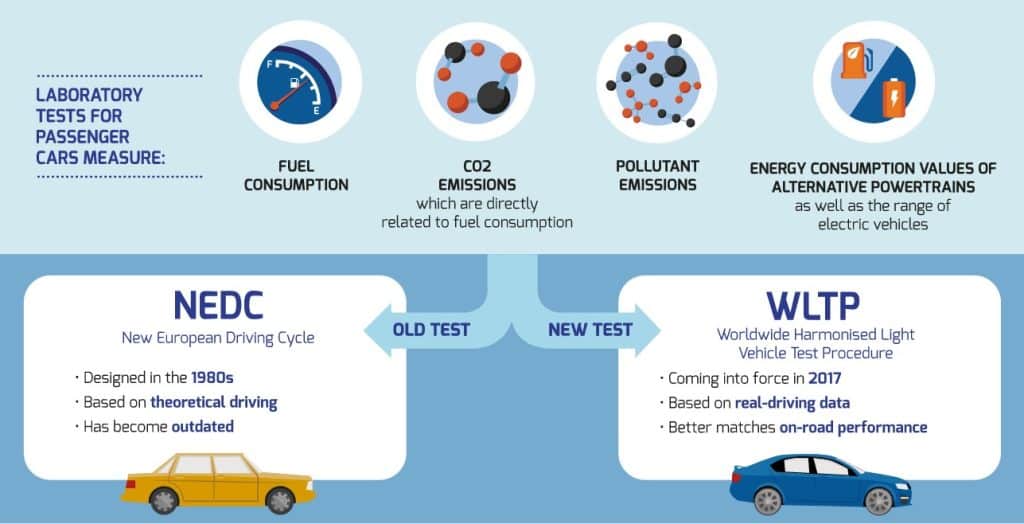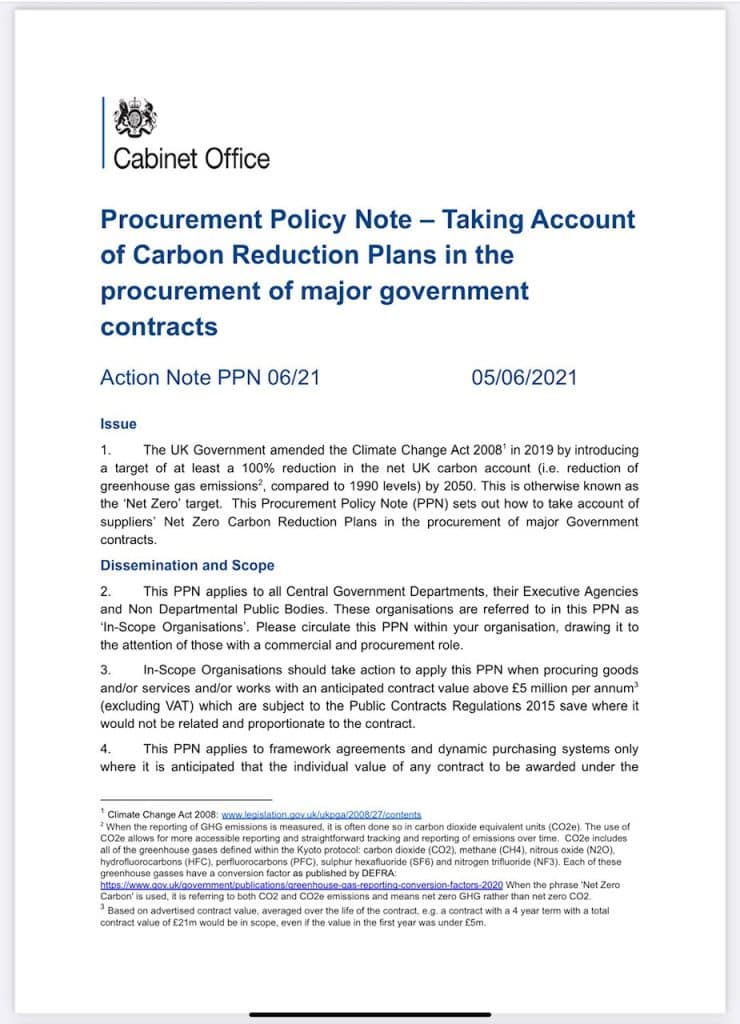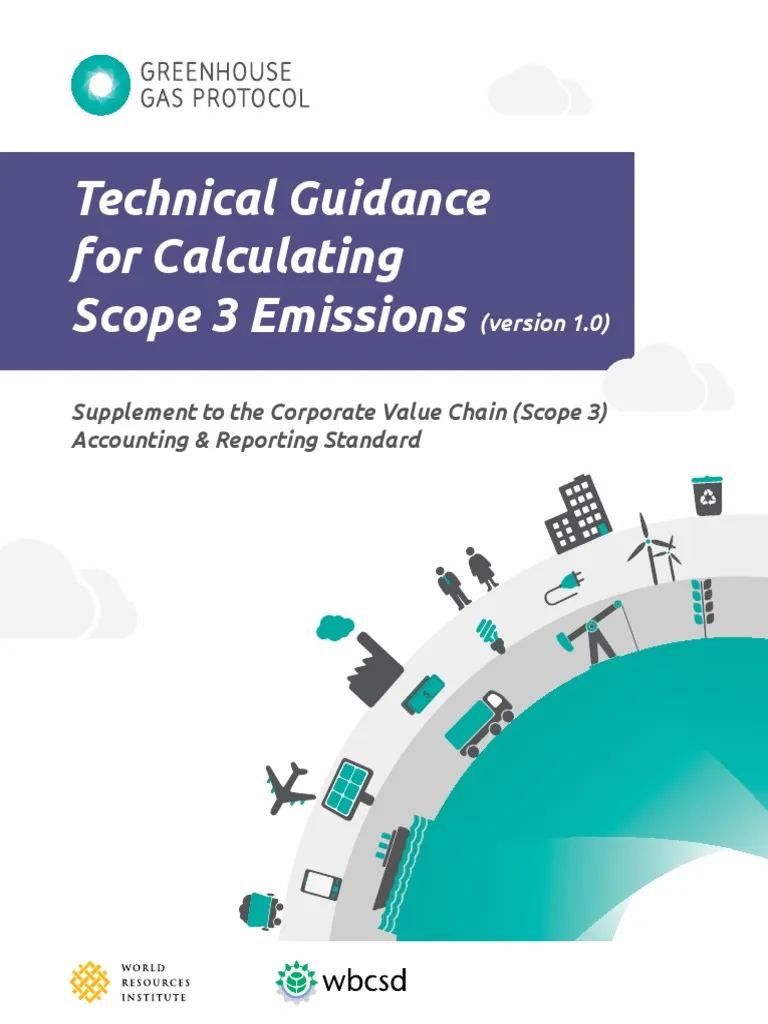Employee Commuting Emissions Reporting
Reporting emissions from your employees’ commute is part of PPN 06/21
Increasingly required in customer’s sustainability questionnaires
How can you calculate the emissions?
We recommend that you use GHGi Commuting, it is the simplest thing to do. Or you can it yourself and this is what is involved if you do.
Do it Yourself
Conduct a survey
You survey of all your employees, either paper based or electronically, possibly a spreadsheet. For a specific period, the survey must ask how many days they travelled to work, the details of their journey and how often they worked from home .
Some will have used multiple modes of travel, e.g., car to the station, train to the city and tram to the workplace. They will need to provide the distance for each leg. You then need to collect the responses and analyse them.
The process must be simple and concise, otherwise the response rate will be low and potentially unrepresentative.
Many people commute by car and this is a far more complex set of calculations. You can use the UK Government’s factors, which have emissions divided into by 9 market segments and up to 8 fuel types. Your employees are responsible for choosing the correct market segment for their vehicle. Again you must calculate the WTT and the emissions associated with the electricity used by electric cars and plug-in-hybrids. This adds considerable complexity when using a spreadsheet to calculate the GHG emissions.
Survey Analysis
You will need to calculate the emissions for each employee’s journey based on whichever transport type of types they use. So, for train journeys you will need to work out the kilometres travelled by train and then multiply by the appropriate factor from the UK Government GHG conversion factors for company reporting. They will give you the “combustion emissions” for that mode of transport. That is not the finish, you will then need to add the “well-to-tank” (WTT) emissions to give the total GHG emissions for that segment of the journey. Failure to do so will result in accusation of under reporting.
Using the Vehicle Registration Number
The most accurate method is to do what GHGi Commuting does. Use the Vehicle Registration Number (VRN) to obtain the grams of CO2 per kilometre and fuel type from the DVLA database. Then apply the WLTP (Worldwide Harmonised Light Vehicle Test Procedure) real world uplift factor, which is based on the vehicle’s year of manufacture. This is necessary because the manufacturers gamed the emissions calculations. The WLTP aims to adjust for this.
The figure provided by the provided by the DVLA then must be converted into grams of CO2e and the WTT emissions calculated. For electric cars and plug-in-hybrids, it is assumed that the cars are charged from the electricity grid. Therefore, the GHG emissions associated with the electricity they use must also be applied. Using a spreadsheet is not possible in this case.
GHGi Commuting – the easier alternative
GHGi Commuting is our online system where each employee completes a short series of questions about their commuting journey. After confirming the details, the system displays the weekly emissions resulting from their commute. Emissions resulting from any homeworking are also displayed. This immediate feedback is additional motivation for employees to complete the survey, which will result in a higher response rate.
Those with “administrator access” to the system will be able to see the overall data analysed in different ways. For example, by transport mode. These results can be scaled up to account for missing responses, and used to calculate the organisation’s total commuting emissions for the period.
Benefits of GHGi Commuting
- Simple to rollout
- Convenient for employees
- Suitable for Scope 3 reporting and PPN 06/21 carbon reduction plans
- Analysable by employee commuting destination and travel mode
- Accurate for evaluating before and after actions taken to reduce emissions
Using the DVLA database means that the emissions from motor vehicles are considerably more accurate than using the governments factors. Accuracy is particularly important to evaluate the impact of measures to reduce employee commuting emissions. GHGi Commuting reduces your administrative overhead is minimal, as we ensure that the emissions and underlying calculations are always kept up-to-date.
Sustainability Vision Ltd. takes the security of your data very seriously. Please read our Data Privacy Notice for further details.









